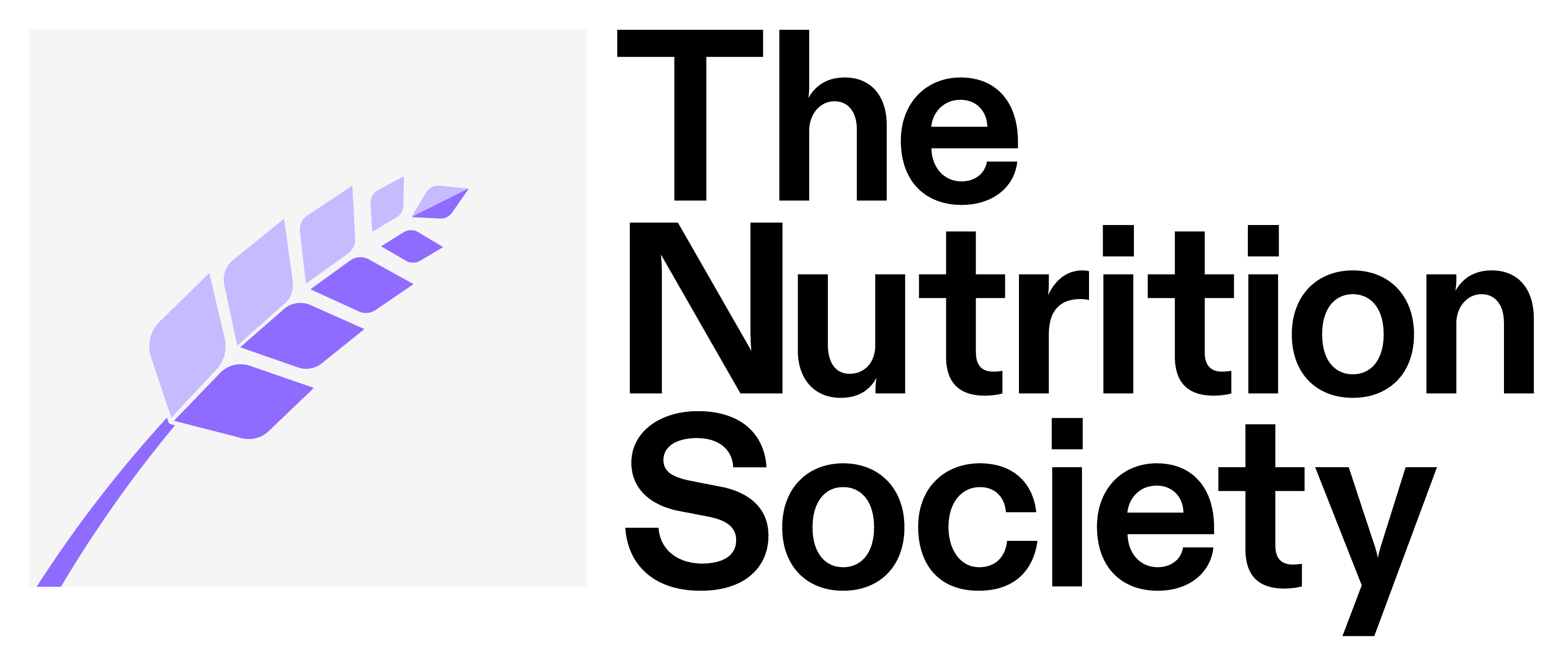In the era of digital information overload and amidst the malnutrition crisis, communication of accurate and actionable nutrition information remains both a challenge and a priority. Communication to the public is the first step towards behaviour change and a key aspect of effective public policies. Well translated and communicated science results in clear, simple and actionable messages, passed in formats and through channels suitable for reaching different audiences, creating a foundation for understanding, uptake and use of nutrition information. To ensure that all relevant aspects of healthy and sustainable diets are covered in a “digestible” way, nutrition scientists should team up with psychologists, behaviour and environmental scientists, educators and communicators. Importantly, messages communicated in a frank, positive tone, should be kept consistent across different communicators. In today’s communication landscape, in which the ivory towers are “so last century”, nutrition scientists are increasingly seen as responsible to be where the discussion happens, to talk with and not at people, and to become “one of us” – for which capacity building and communication training should be considered. If done well, communication can prove instrumental in counteracting the overwhelming misinformation in the (digital) media and in regaining trust in nutrition science.
What will I learn?
- Gain tips on translating science in a communicable form
- Understand the different styles of communications for different channels and audiences
- Discuss the importance of consistent messaging

Course Features
- Lectures 2
- Quiz 0
- Duration Lifetime access
- Skill level All levels
- Language English
- Students 236
- Certificate Yes
- Assessments Yes









